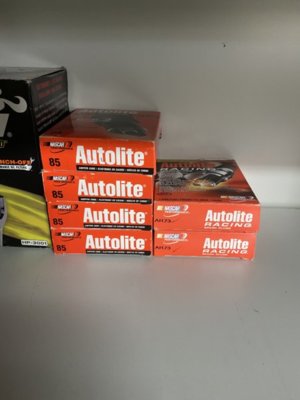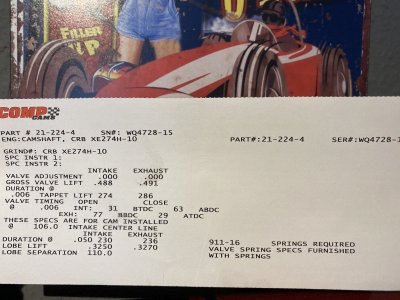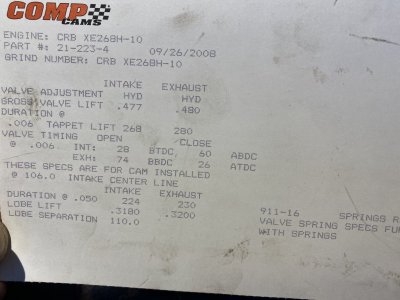thanks you for you’re fast reply !
Ok understand it with the idle screws , no that’s fine , I also have an A/F ratio in my car . Stumble also nearly gone with make the secondary air valve a half turn stiffer and get from a 31 to a 35 nozzle . Now the engine not lean up on quick full throttle and it’s much bette r.
Back to the timming !
You right that’s the important thing , I believe you !
Ok , I think tdc and harmonic Balancer are be ok and set correctly .
What I really not understand is this Plastik key for Adjust the advance plate slot , yes they give me keys from 14 to 28 degree adjustment . But if I adjust the slot with the 14 degree Plastik key , the advance in realty like more than 22 degree or more . actually I adjust by the 14 degree Plastik key and my initial timming in idle is about 10-12 degree , full advance by 3600 about 34-35 degree .
if I want a real advance of about 14 degree I need like to open this slot s just the half thickness of the 14 degree Plastik key .....
Why fire core make so vague Plastik keys.?
i mean they make a set from 14,16,18,20,22,24,26 and 28 degree . If I must calculate the keys like 14x2 , or 16x2 makes no sense , because who need a key With 56 degree advance if I take the 28 key x2 = 56



















